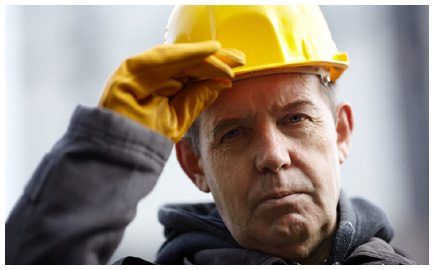 Workforce shortages have been predicted for decades. I recall a sociology professor talking about the “snake eating a pig” theory of demographics and how that would be a problem in the workforce in the early 21st century. That talk took place 50 years ago and today those predictions are a reality.
Workforce shortages have been predicted for decades. I recall a sociology professor talking about the “snake eating a pig” theory of demographics and how that would be a problem in the workforce in the early 21st century. That talk took place 50 years ago and today those predictions are a reality.
Despite the early warnings and the facts pointing to potential shortages, many firms in the construction industry are still ill-prepared to deal with issues surrounding the possibility that they would experience shortages in skilled workers until recently. The response from some in the industry is to deny that the shortages exist on their projects. Some recognize the problems but don’t know what to do about them; some recognize the problems and are looking for solutions; and some are even leading the industry in solving those issues.
We could wax on about the causes, but let’s just say that several economic disasters, new education policies that did away with vo-tech training in many schools, a demographic that changed according to predictions but at a faster rate, and either the lack of construction projects or the press of too much work have all contributed to today’s workforce shortages that are getting worse as we write this.
Now we are faced with the retiring Baby Boomers, the XYZ s and the NexGens coming into a construction environment that is, thanks to technology, morphing into a new paradigm full of paradox and disruption. In the words of Jim Clifton at Gallup in his book The Coming Jobs War, “The coming world war is an all-out global war for good jobs.”
Today, according to a McGraw Hill SmartMarket Report entitled Construction Industry Workforce Shortages: Role of Certification ,Training and Green Jobs in Filling the Gaps, the growing shortage of certified construction professionals in the Green sector at a time when the number of Green buildings is rising is creating added pressures for certification and training for professionals who can meet that demand.
At the same time, policy makers are demanding additional reductions in the carbon footprint of our new buildings as can be seen in Japan’s announcement that all new buildings in the country will have to be Carbon Neutral, a standard being closely watched and considered by other countries. Many countries like the United States are just now facing the LEED v4 requirements and finding that we, too, are ill-prepared to build those certified buildings.
It appears that the available jobs in the “Green Building” sector will be available, but will require additional workforce training, certification and education in order to become qualified to build the buildings being designed today for construction over the next five years.
You can read more in an article published by the United States Green Building Council (USGBC) who were major underwriters of the research.
Workforce Shortages in Green Building
by Jim Kollaer | October 21, 2014



Add new comment